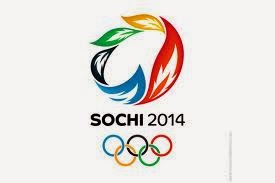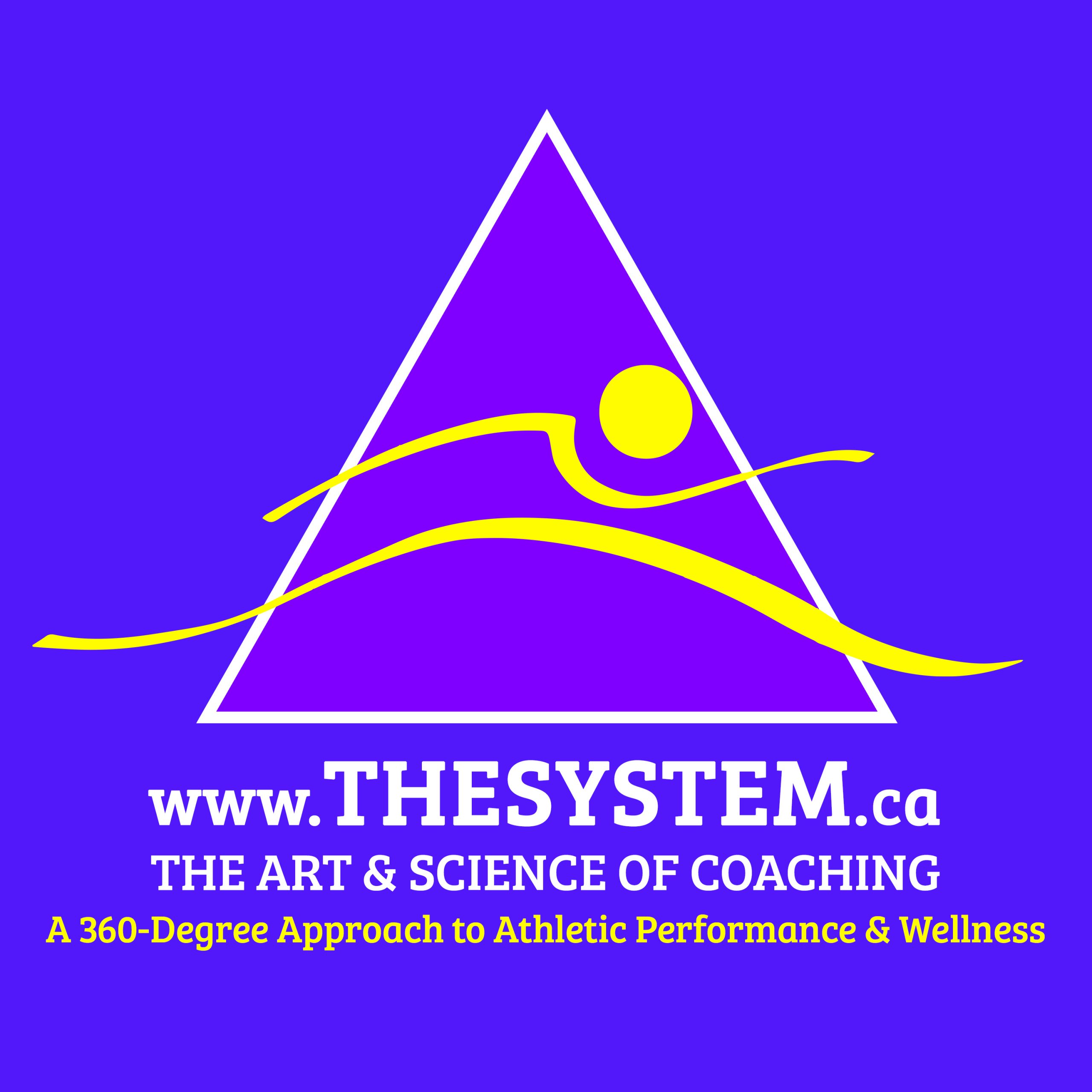11 Conditioning Principles to Enhance Athletic Performance That NO Coach at The Sochi Olympics should be without Part I
There is a new generation of aspiring coaches who do not have any experienced mentors to guide them through the maze of Athletic Development ideas and concepts. Even at the upcoming Sochi Olympics, you will notice some coaches are still failing to apply these simple yet effective Conditioning Principles. Developing Athletic Performance, is akin to maintaining a high performance sports car. There can be a lot of routine maintenance (i.e. regenerative therapy), as well as learning how to driving the car. You can’t just “floor it”, as there is a fine line between speed and control.
Young aspiring coaches could rely on various courses and certifications from different sport governing bodies, but they do not provide the constant real-time feedback and observation, that only a mentor can provide. However, there is another alternative that might assist most coaches, if they can adhere to these 11 points of wisdom. We at The System are confident that these 11 points of deep insightful, poignant concepts WILL greatly enhance your current coaching education.
Athletic coaching is based upon part facts / science (i.e. quantitative elements), but it is also based upon judgment calls that are made upon the variability, which exists, from hour-to-hour and day-to-day (i.e. qualitative elements). Teaching young coaches how to discern between conflicting qualitative and quantitative elements is somewhat of an esoteric path, that can only come with years of experience and piercing observation…something that only a mentor could express and possibly pass on to their young eager charges. Hence the requirement for Mentorship.
Most inexperienced coaches are, more often than not, eager to talk of conditioning methodology, but very few are prepared to discuss what is required for the enhancement of conditioning (i.e. fostering the environment that is required for performance). This includes adequate regeneration (i.e. nutrition, various forms of physical soft-tissue therapy, etc…), appropriate conditioning and the adherence to a sound coaching philosophy. Any coach in any setting can apply these simple recommendations and guiding principles.7
The System has been “in the trenches” working with various athletes from numerous sporting platforms. We are often asked by our would-be prospective clients, “What Is The System’s Coaching Philosophy?” But, before we delve into it; which incidentally seamlessly ties into the title of this post (i.e. 11 Conditioning Principles); one must understand one thing. In an age of technological advancements and multi-syllabic conditioning “tech-talk”, that is designed not to impress and confuse athletes and coaches alike, we at The System feel that…
“Simplicity is Complexity in Reverse”
Therefore, The System’s Coaching Philosophy can be summed up in this one “long-winded” statement….
“The simplicity of application & understanding of the broadest possible paradigm of complex conditioning, talent identification, growth & maturation rates, & regeneration methodologies is actually complexity in reverse. It is based upon several points of over arching Qualitative elements, which are place much higher than the quantitative elements:
– Keen observation;
– A purely qualitative natural organic approach;
– Which has it roots in common sense and basic appropriate technical instruction;
– That utilizes sound effective exercises and movements to enhance technical efficiency;
– That enhances the athlete’s strengths & minimizes their weaknesses;
– That identifies & addresses the blockages to athletic prowess;
– That does not cause any harm to the athlete, or cause them to become over trained, nor does it increase their injury potential;
– That ensures every training element serves a specific purpose & builds upon a dendritic web;
– That is prescribed to the individual adaptive state the athlete is in (i.e. regeneration / conditioning readiness status);
All this is then surmised to obtain effective positive athletic development.”
What we do NOT adhere to:
“An overly complex, quantitative, specialized & centralized approach to athletic development, devoid of a foundation that is not based upon regeneration; understanding of growth & maturation rates, which may be entertaining, but requires the need to resort to long lectures, gizmos, gadgets, wiz-bang Apps, and explanations of “why” & “what” the athlete is doing; only in the end, to confuse the athlete both intellectually and physically.”
As mentioned earlier, we will attempt to disseminate our philosophy into more descriptive talking points, narrowed down into the following 11 Principles of Conditioning.
1. Talent Identification in Relation to the size of the Talent Pool
Having the largest pool of athletes from which to select from brings fourth the greatest possibility of producing elite level performers.
Early identification of talent is something that everyone wants to do, but the reality is that some of the real superstars will develop later on, sometimes years later. Remember some athletes mature both physically & mentally (i.e. we feel they go hand in hand & are mutable vs. separate entities). It does not cease to amaze us, at The System, how many times we have seen young children in their pre-teens, dominate their particular event, only to have their competitors catch up then pass them, once physical maturation rates have evened out. We have also seen, how some coaches, “showcase” their younger athletes, only to have them succumb to chronic injury. Another characteristic item we have witnessed, is the parents of other athletes, approaching the coach of the aspiring victorious pre-teen athlete, asking them if they would coach their child. Not realizing the point we made earlier regarding early development. Not to take away anything from the coach, but they simply ‘jump-ship’, at the slightest scent of victory.
The problem with many current development models is that they incorporate early specialization as a way to be exclusionary, separating the high level groups from the others, not realizing that it is an organic mix of athletes, both from different tiers, that ultimately constitute the whole to produce elite performance.
Everyone must be able to receive the individual time they needed to mature along different lines of development. Perhaps, this could explain why some national training centers never produce anything of substance. These centers do not foster synergy, nor do they accommodate individual physical and psychological idiosyncrasies of each athlete. The athletes have been taken out of their original environments only to be dropped into a situation that may not be a good fit for them. Competition with peers is only one aspect of a balanced, effective approach to athlete development.
2. Focus on the Basic Elements of Conditioning & Do Not Move on the Next Training Element Unless the Previous one was sufficiently “in place”
Feed the athlete a steady diet of good technical instruction using basic exercises and movements. Do not overcomplicate things, both for yourself and the athlete. Keep things simple. The need for simplicity and efficiency is absolutely essential.
“Simplistic perfect practice makes permanent. Perfect small technical elements first and the large ones will take care of themselves”
Success leaves clues; learn how to be observant of these clues. Learn from others mistakes and victories, but also see if it is practical for your athlete. Concentrate on one small technical element at a time and only move on to the next technical element once the previous one was “in place” (see previous post on Skill development). Do not just entertain a new exercise or methodology haphazardly. Always solve a technical issue with the easiest means possible and with a single key word…Talk less …listen more.
“Only those who have the patience to practice simple technical elements perfectly, will acquire the skills to tackle much larger difficult elements with greater ease”
Know what were the causes of a technical element breakdown, and then address it from a multitude of perspectives (i.e. poor execution to improper muscle tension patterns, which can be address from the conditioning, flexibility / mobility & soft-tissue spheres), without confusing the athlete.
If a technical element was not cemented into the athlete, move on to a lesser element or terminate the training session completely…”live to fight another day.” Technical Elements should not be entertained with high intensity energy draining conditioning elements.
“Fatigue masks Skill”
Nervous energy required for skill is a precious commodity, and as such, should not be wasted towards trying to obtain performance related fitness.
We see too many coaches try to make their charges perform highly technical elements under duress, only to have the athlete fail to retain any form of technical requirement, not to mention increase their injury potential.
“The purpose of Technical training is not illicit pain and fatigue, but to enhance performance”
Lastly, remember some people are always trying to sell you a bag of “magic beans” or tell you a story. Not all of it is true or could apply to your particular situation.
3. Always End the Training Session on a Positive Note
Do what is required to make the athlete’s system better for that day and in the state you find them in. End the session after a hitting a Personal Best, or a high degree of technical proficiency, even on a lesser training element.
Create a positive stimulus adaptation that the athlete could build upon in other successive workouts, without additional work, that would likely not result in improvement and may increase the potential for injury.
“Rome was not built in one day”
From The System’s experience, despite obvious fatigue & technical flaws displayed by the athlete, most coaches are too stubbornly methodical about sticking to their training plans, knowing full well that no amount of additional conditioning will cause any improvement in the athletes state of performance for that day. Become cognizant to the athlete’s psychological state, as Plato once said…
“Be kind to everyone you meet, for everyone is going through their own struggles”
Learn to develop a keen eye for technical failure, instead of relying on Computer technology and other complex, not to mention expensive, diagnostic technologies to evaluate athletes. It requires a considerable amount of experience, discipline and self-security to determine optimal conditioning loads for a given athlete. Learn to develop your powers of observation…ask questions like how they felt while they were executing a particular training element.8
4. Enhance Individual Strengths, Minimize the Weaknesses & Eliminate the Blockages to Performance
Fitting the training to the circumstances of the athlete and the training group and avoiding drastic alterations in methodology, could only result in soreness and a greater potential for injury. It also clearly exhibits; the coaching staff does not have a clear, sound philosophy.
Create situations and foster an environment where by the athlete is constantly succeeding in training. If you can do this, your requirement to have a sports psychologist on staff will be minimal.
Do not play mind games with athletes. It is common for coaches to try to build character in athletes or strengthen them mentally by making the athletes do things that they are not good at or that they hate doing.
“confident about training results = feel less stress during competition”
Some athletes have responded better to activities they excelled at and where gains came easily. Determining the types of training that the athlete responded well to. Some athletes responded better to shorter distance sprints and weight training. Whilst others preferred longer sprints, whilst other athletes responded better to explosive medicine ball throws as opposed to heavy lifting. This approach is no different than a head football coach who alters his game plan to fit the players that he has on his roster.6
Please visit www.TheSystem.ca for more informative articles on high performance conditioning
We invite you to attend our upcoming Seminar on Feb 2 & 3 titled:
PERFORMANCE ENHANCEMENT PHILOSOPHY 101:
THE SOMATO-EMOTIONAL & ARCHITECTURAL INTEGRATION OF THE HUMAN BODY
“TRAIN SMARTER…NOT HARDER…RECOVER MORE”




